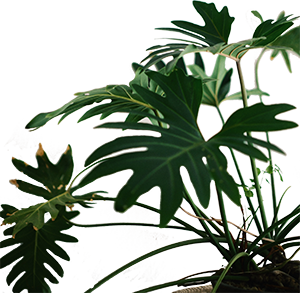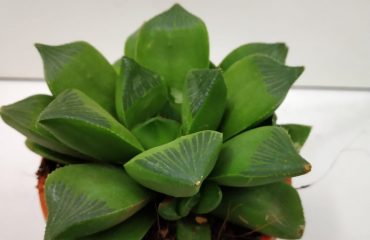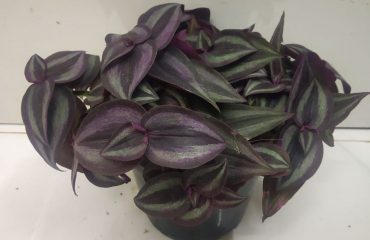How to Grow and Care for Begonia Plants
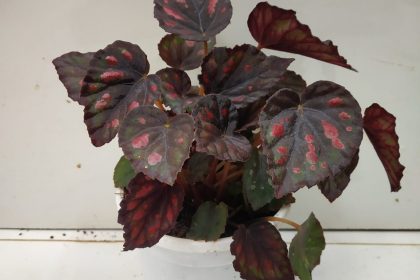
Begonias are some of the easiest plants to grow in containers. This group of warm-loving plants was originally found in the forest understory in tropical and subtropical areas.
Foliage begonias, like rex begonias, are grown for their fancy leaves that have many beautiful colors highlighted by unusual markings and swirls in the foliage. They make a sensational statement when grown on a partially sunlit windowsill.Flowering begonias, like Begonia boliviensis hybrids, are usually grown as annuals in the summer garden. Many new varieties are non-stop bloomers and some perform well in full sun or partial shade. Here are a few of our most popular begonia plants that customers just love:
Rex begonia hybrids have been developed to have unusual markings, leaf shapes, and colors. The leaves grow on short leaf stalks, from the underground rhizome. The leaf edges and undersides are covered with short red hairs.
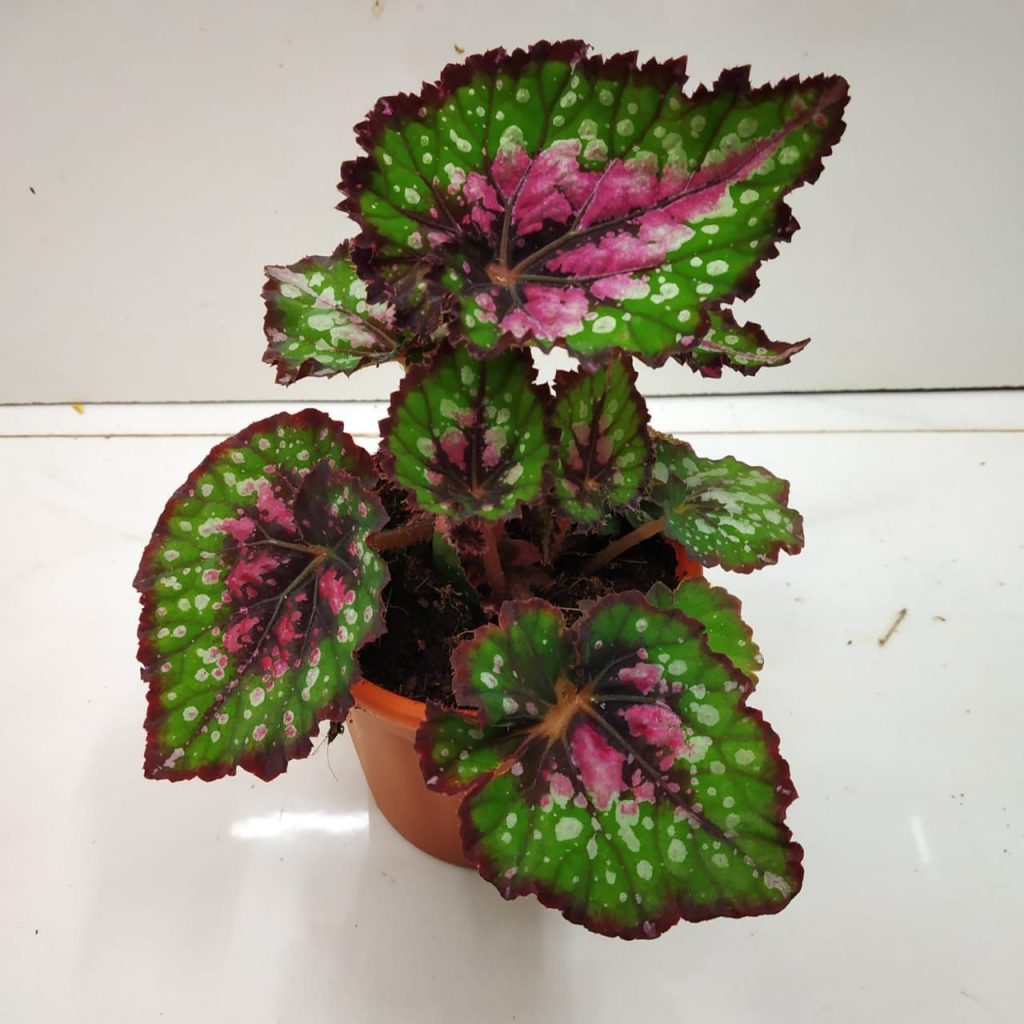
- Leaves: Asymmetrical, the leaves are usually 4–9 inches long and variegated in shades of green, red, pink, purple, silver, and brown.
- Flowers: The flowers are usually pink, but are small and incidental. It’s usually recommended that you cut the flowers and allow the plant’s energy to go into growing the leaves. The flower stalks are usually removed to allow the plant’s energy to be focused on growing leaves.
How to Grow Rex Begonias
Rex begonias can be very demanding of just the right amount of water, food, and humidity. Plants will vary and the only way to know what your plant wants is to watch it, once it has adjusted to its new surrounding. If it’s flourishing, continue with what you were doing. If it is droopy or gangly, adjust the light and water. Eventually, you’ll figure out the right balance.
Be sure your garden beds or containers meet the requirements of the rex begonia. Alternatively, if your area is too cold, consider growing yours as a houseplant or in an outdoor container that can be brought indoors in cooler weather.

Light
Full sun to partial shade. Avoid direct sunlight. They need some light to keep their coloring, but bright, indirect light is best.
Soil
Rex begonias prefer light, rich soil. When planting directly in the ground, a moist, well-drained location is optimal and mulch will keep the roots shaded. In pots, be sure to provide drainage holes. A peat-based potting mix is ideal for containers.
Water
Begonia rex should be watered when the soil or pot feels dry, but don’t wait until the plant starts to wilt. You can cut back on water during their dormant period in the winter, watering only when the pot dries out. Humidity is crucial to keeping your rex begonia happy, however, spraying the leaves can lead to spotting. It’s better to cluster your plants, so they can create their own humid environment, or use a pebble tray.
Temperature and Humidity
Begonia rex is sensitive to temperature changes and to temperatures below about (16 Celsius). You can keep them happy as houseplants or store them dormant over winter, as you would with other tender bulbs. These plants do require high humidity (more than 50 percent), which means it can be difficult to maintain rex begonias indoors over the winter.
Fertilizer
You can feed your potted plants monthly with any good houseplant food. Too much food will make for a scraggly plant, so pay attention and adjust the feeding to suit your variety. Rex begonias can be temperamental and you just have to find the right conditions and balance for your plant. Don’t feed at all during the winter.
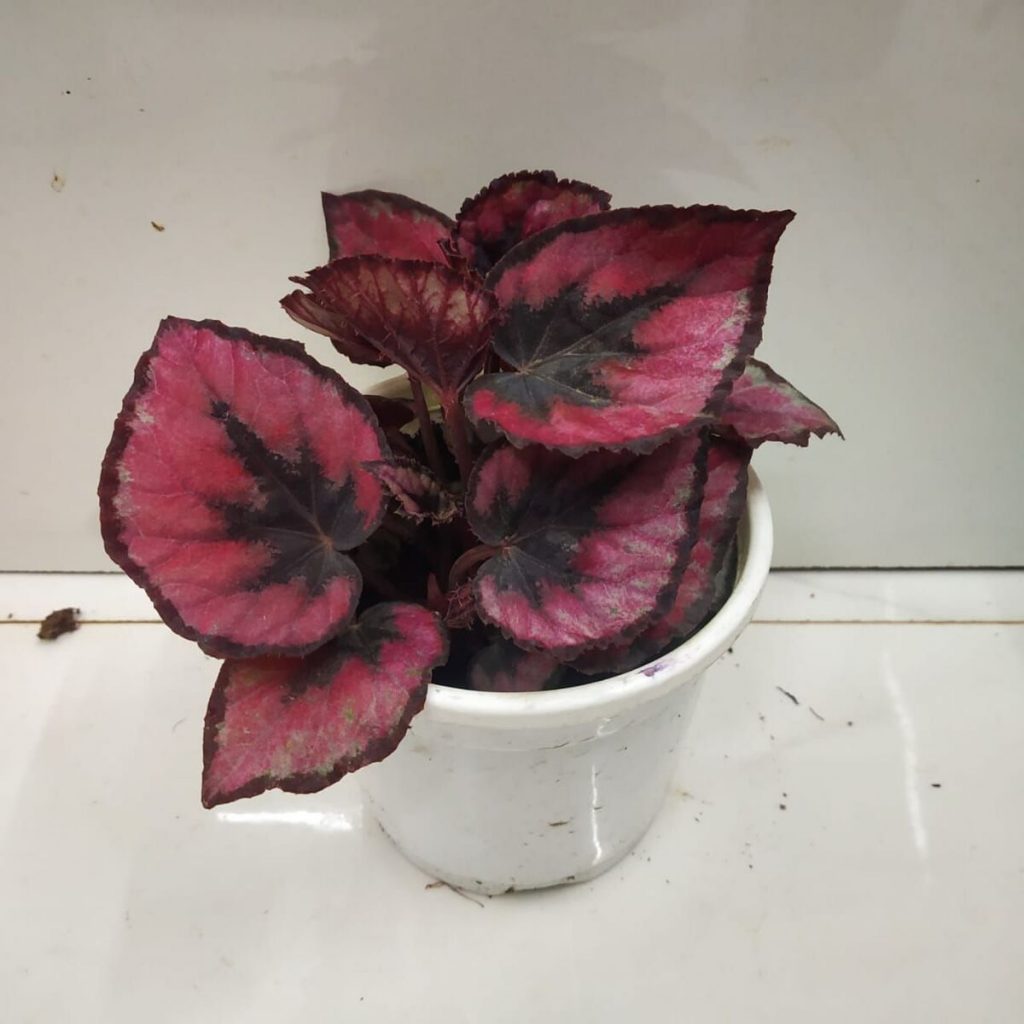
Potting and Repotting
Repotting rex begonias each spring will ensure that they have plenty of soil to grow in, but they like to be a little bit pot bound. Large or gangly plants can be pruned into shape. Rotating potted rex begonias will keep the plants full and stocky.
Suggested Varieties
Many hybrid varieties are beautiful, but they are unlabeled or mislabeled, so be sure to ask questions so you know exactly what you’re buying.
- Begonia rex Boston Cherries & Chocolate: Red and silver spots appear on dark leaves.
- Begonia rex Escargot: Spiraling markings and the way the leaves circle inward make each leaf look like a snail.
- Begonia rex Fireworks: Wing-shaped silver leaves are etched with purple.
- Begonia rex Snow Queen: Silvery leaves have good disease resistance.
Design Suggestions
To really play up the unique qualities of begonia rex, pair them with solid green plants with different textures or forms. They look great outdoors in shady tropical gardens, but the most popular way to display rex begonias is to collect and group them together, each in its own pot.
Pests and Problems
Bacterial leaf spot, mildew, and botrytis can occur if the leaves stay wet. Root rot can be a problem in wet areas. To avoid these issues, be sure your begonias are in well-drained soil and water them sparingly. If you live in an area that’s prone to flooding, growing your begonias in a pot will give you the option of bringing them under shelter in rain.
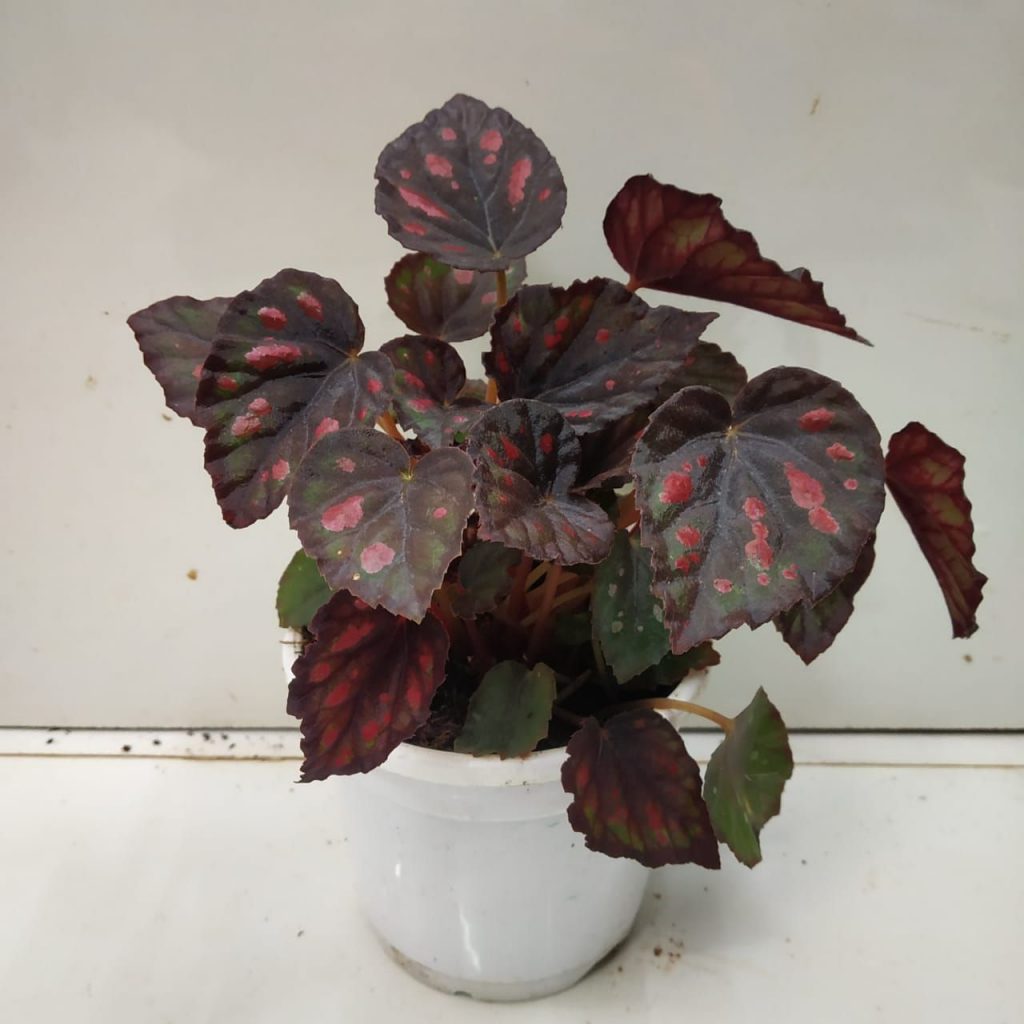
Mealybugs, aphids, and caterpillars can also become a problem. In most cases, a spray form of pesticide will take care of the issue. Handle slugs and snails by placing slug bait near your plants.


